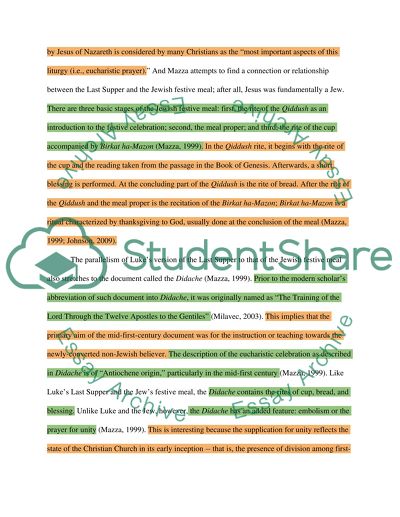Cite this document
(First Eucharistic Prayer in the Christian Religion Coursework, n.d.)
First Eucharistic Prayer in the Christian Religion Coursework. Retrieved from https://studentshare.org/religion-and-theology/1406277-analysis-of-first-eucharistic-prayer
First Eucharistic Prayer in the Christian Religion Coursework. Retrieved from https://studentshare.org/religion-and-theology/1406277-analysis-of-first-eucharistic-prayer
(First Eucharistic Prayer in the Christian Religion Coursework)
First Eucharistic Prayer in the Christian Religion Coursework. https://studentshare.org/religion-and-theology/1406277-analysis-of-first-eucharistic-prayer.
First Eucharistic Prayer in the Christian Religion Coursework. https://studentshare.org/religion-and-theology/1406277-analysis-of-first-eucharistic-prayer.
“First Eucharistic Prayer in the Christian Religion Coursework”. https://studentshare.org/religion-and-theology/1406277-analysis-of-first-eucharistic-prayer.


